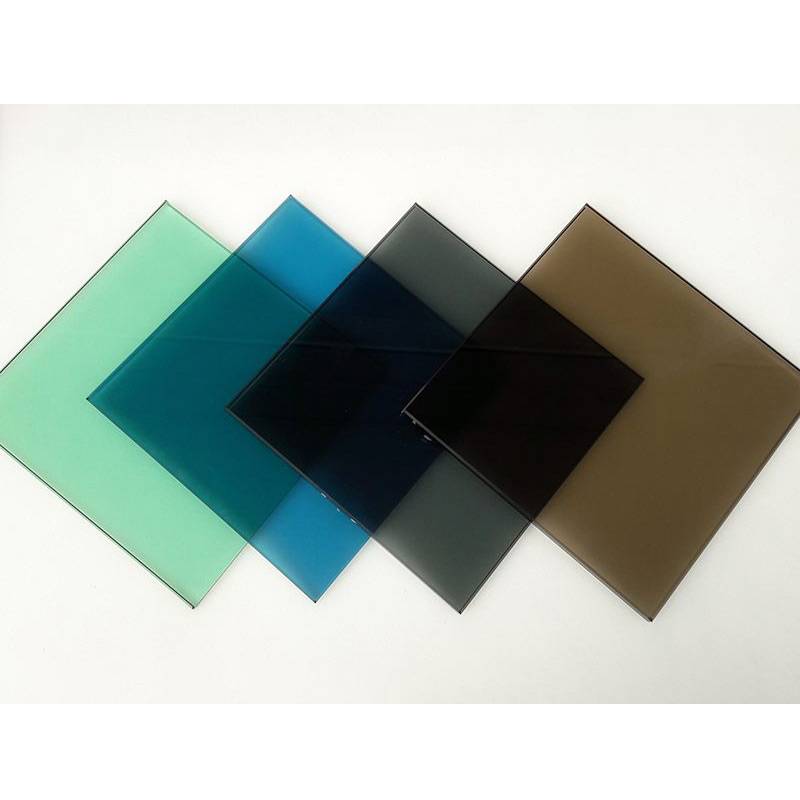

The Allure of Silver-Gilt Mirrors
Silver-gilt mirrors are exquisite artifacts that embody the artistry and craftsmanship of their time. Blending the reflective qualities of silver with the warm, rich tones of gold, these mirrors have captivated collectors, interior designers, and history enthusiasts alike. Their origins trace back centuries, reflecting both the aesthetic sensibilities and technological innovations of the eras in which they were created.
Historically, silver has been valued not only for its beauty but also for its practicality. The ancient Egyptians and Romans were among the first to utilize polished metals for reflective surfaces. However, it was during the Renaissance in Europe that the art of mirror-making took a significant leap forward. Craftsmen began to experiment with the amalgamation of silver and mercury to create the first true glass mirrors. This marked a turning point in home decor, leading to a greater appreciation for reflective surfaces in both function and style.
The Allure of Silver-Gilt Mirrors
The process of creating a silver-gilt mirror involves careful craftsmanship. The silver is typically applied to a wooden or metal backing, followed by a layer of gold leaf that is often burnished to achieve a lustrous finish. This labor-intensive method results in a durable product that not only serves as a functional item but also as a work of art in its own right. The reflectivity of the silver provides a clear image, while the gold adds a warm hue, creating a mesmerizing interplay of color and light.

In addition to their aesthetic qualities, silver-gilt mirrors have historically held cultural significance. They have been used in royal palaces, grand ballrooms, and opulent homes, serving as status symbols for the affluent. The presence of such a mirror could signal wealth and sophistication, making them a coveted item for aristocrats and influential figures throughout history.
The appeal of silver-gilt mirrors extends beyond their historical origins; they are timeless pieces that continue to resonate in modern decor. Today, interior designers often incorporate antique and contemporary silver-gilt mirrors into their projects to elevate space and add an element of luxury. The mirrors serve functional purposes, such as enhancing light and space in dimly lit rooms, while also acting as striking focal points that anchor a room's design.
In the modern era, with a heightened awareness of sustainability and craftsmanship, the love for antique silver-gilt mirrors continues to flourish. Collectors appreciate the meticulous handiwork and the stories that accompany each piece. Whether displayed in a grand hallway or a cozy living room, these mirrors are a testament to the enduring allure of beautifully crafted objects.
Moreover, silver-gilt mirrors have inspired contemporary artists and designers, who draw on their historical themes and techniques to create modern interpretations. They are not merely relics of the past but sources of inspiration that invite a dialogue between history and contemporary aesthetic sensibilities.
In conclusion, silver-gilt mirrors are more than just reflective surfaces; they are brilliant examples of craftsmanship, art, and history. Their unique blend of materials, ornate designs, and cultural significance make them cherished artifacts that continue to fascinate people across generations. Whether as a centerpiece in a modern home or a focal point in a historical museum, silver-gilt mirrors irrefutably hold a place of honor in the tapestry of decorative arts.